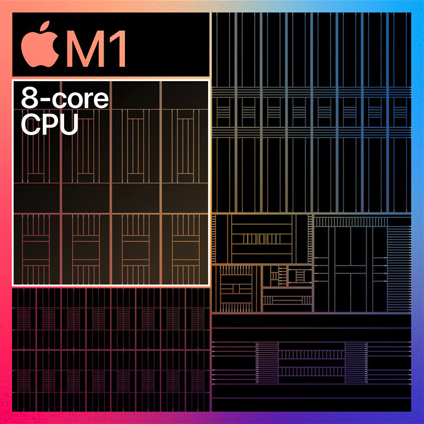My First Experience with the Apple M1

I was asleep
When Apple announced back in June that they would make the transition to their own processors, it didn’t really caught my attention much. I was already impressed with how well my 2018 Ipad Pro, which already uses their own processors, could process 4K video from my Sony A6300. I didn’t realized what that could mean for the Mac.
After the new Macs came out, people started to give rave reviews and that woke me up. Especially when the Apple M1 could beat the x86 architecture at its own game – running non-native apps faster. It reminded me that back in the day, the fastest Mac was an Amiga.
However, a lot of people in ”my” world was also saying stuff like ”I’ll wait until compatibility with my tools are wider supported” and that triggered me to buy one for the mere reason to contribute on that progress.
It’s fast, likewise the transition
I have had the Apple M1 based Macbook Air for almost a month now and at first I had to compile stuff manually and I couldn’t use Docker, which wasn’t surprising. But things have evolved crazy fast during this past month:
- Docker has a functional technical preview running natively on the M1
- Kubernetes-in-Docker (KinD, granted you need to provide your own build)
- Parallels Desktop also released a technical preview, making it possible for me to run the ARM version of Ubuntu 20.04 with no issues at all
- Golang 1.16beta with support for the M1
- Homebrew using Golang 1.16beta for many projects like HashiCorp’s Terraform
I was pretty sure that it would take at least all of 2021 before I could fully replace my x86 based Macs with M1 based ones. But this month has proven it will most likely be before this summer.